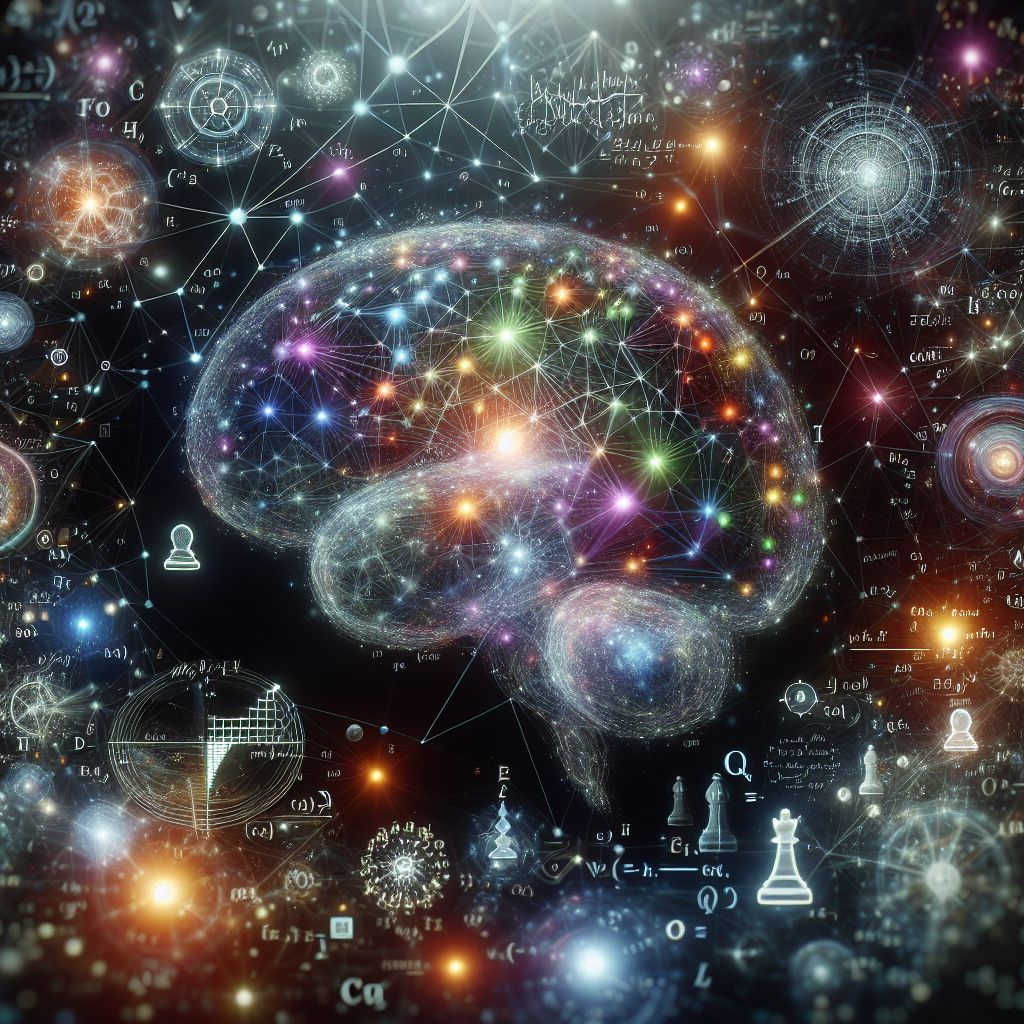
The Symphony of the Mind: Exploring the Power of Neural Networks
By Adedayo Oyetoke, Published on: March 9th 2024 3 min, 484 word Views: 873
The human brain is a marvel of nature, a complex network of billions of neurons intricately woven together. This biological marvel underlies everything we do, from thinking and feeling to moving and creating. But how does this intricate web of cells give rise to such remarkable abilities? This is where the fascinating world of neural networks comes in.
Neural networks are a type of artificial intelligence (AI) inspired by the structure and function of the brain. They consist of interconnected nodes, analogous to neurons, that process information and transmit signals to each other. These networks are trained on vast amounts of data, allowing them to learn and improve their ability to perform specific tasks.
Here's what makes neural networks so powerful:
- Learning from Data: Unlike traditional programming, neural networks don't require explicit instructions. They learn by processing data and identifying patterns. This makes them adept at handling complex and non-linear problems where traditional algorithms struggle.
- Adaptability: Neural networks can continuously learn and improve with new data. This allows them to adapt to changing environments and perform tasks they weren't explicitly programmed for.
- Pattern Recognition: Neural networks excel at identifying patterns in data, making them ideal for applications like image and speech recognition, natural language processing, and even fraud detection.
The applications of neural networks are vast and ever-growing. Here are some real-world examples:
- Image Recognition: Neural networks power facial recognition software, allowing us to unlock our phones or tag friends in photos.
- Machine Translation: By analyzing vast amounts of translated text, neural networks can translate languages with impressive accuracy, breaking down language barriers.
- Self-Driving Cars: Neural networks are crucial for self-driving cars, enabling them to recognize objects, navigate roads, and make real-time decisions.
- Medical Diagnosis: Neural networks can analyze medical images like X-rays and MRIs to identify abnormalities and aid in early disease detection.
However, neural networks are not without their challenges. Training them requires significant computational power and large datasets. Additionally, interpreting their decision-making process can be complex, making it difficult to understand how they arrive at a particular output.
As research in neural networks continues to advance, we can expect even more groundbreaking applications in various fields. From revolutionizing healthcare to personalizing our experiences, neural networks hold immense potential to shape our future.
Further Exploration:
If you're interested in learning more about neural networks, here are some resources:
- Brainwaves and Buzz: Elon Musk's Neuralink Implant – Science Fiction or Future Fact?
- An online course on Convolutional Neural Networks by Stanford University.
- A comprehensive textbook on deep learning, which is a subfield of AI that heavily relies on neural networks.
- A beginner-friendly introduction to neural networks for those with no prior knowledge.
The human brain remains an inspiration, and neural networks offer a glimpse into its remarkable capabilities. As we delve deeper into this field, we unlock the potential to solve complex problems, create new technologies, and ultimately, gain a better understanding of ourselves.
